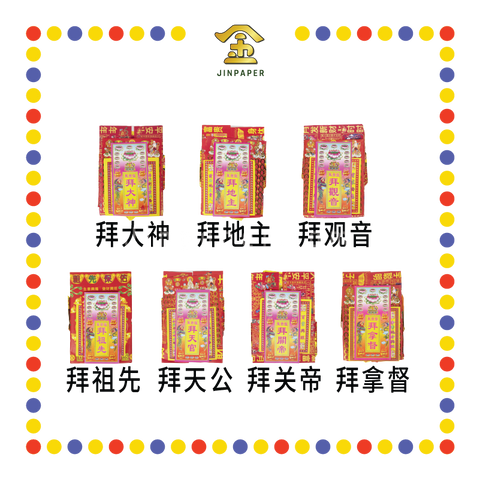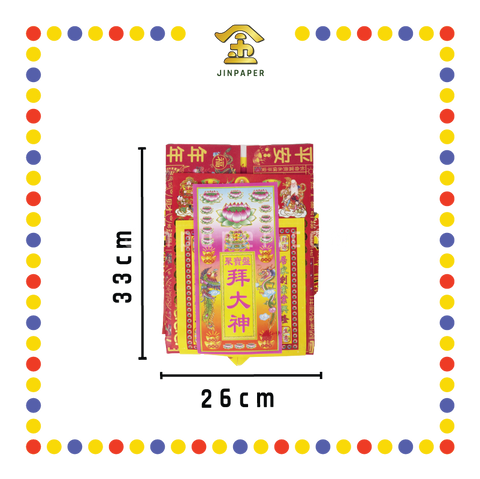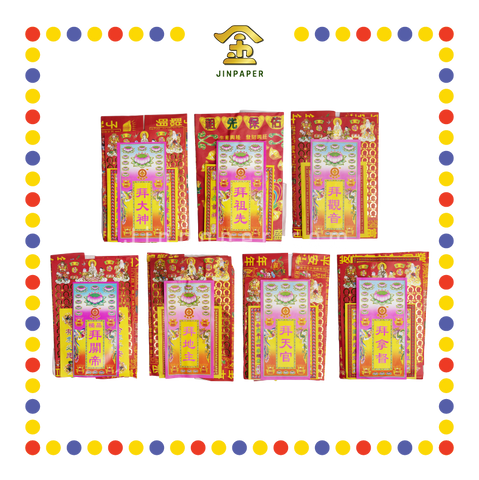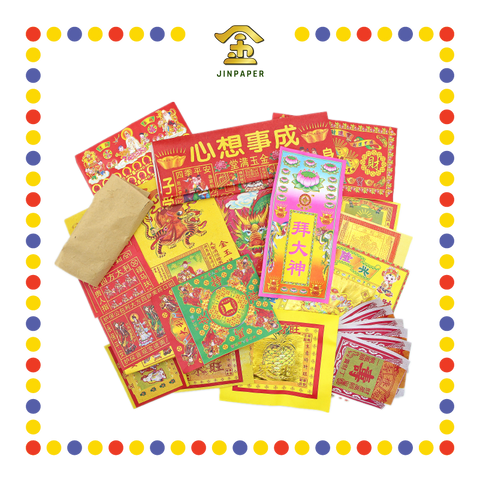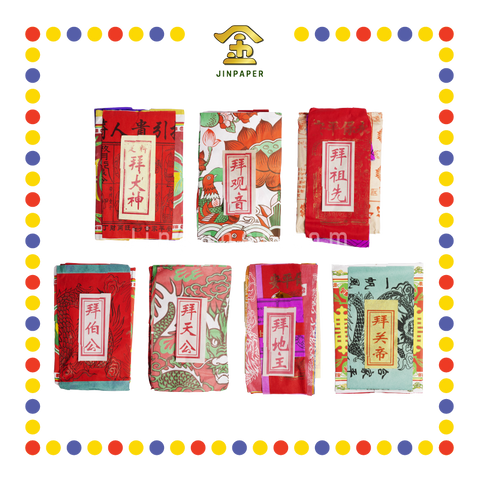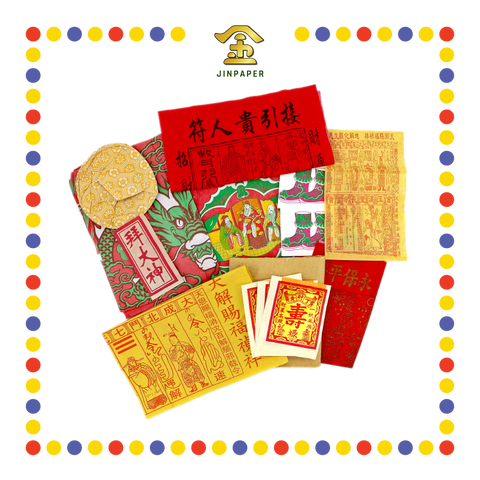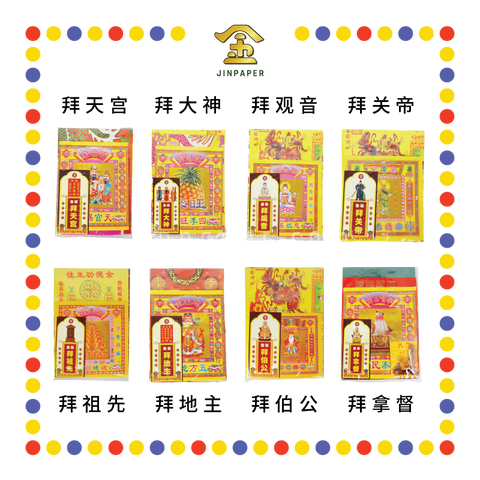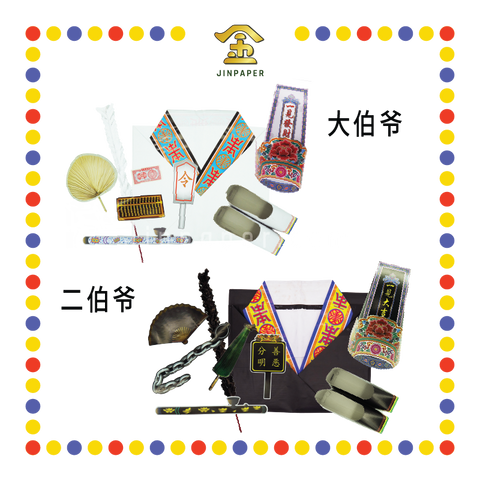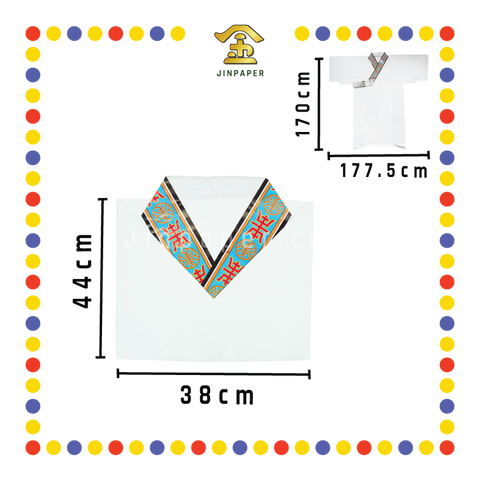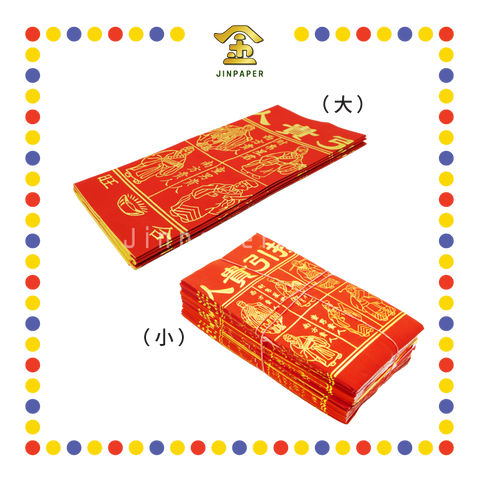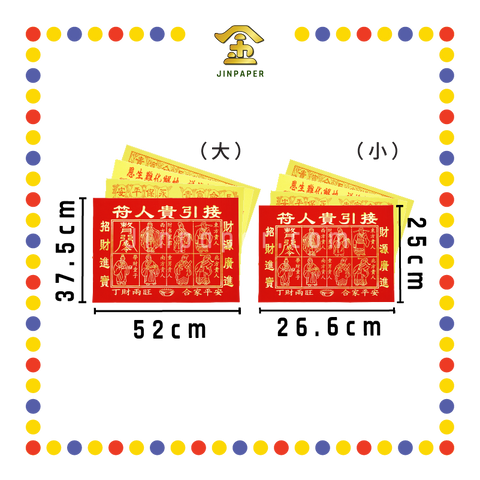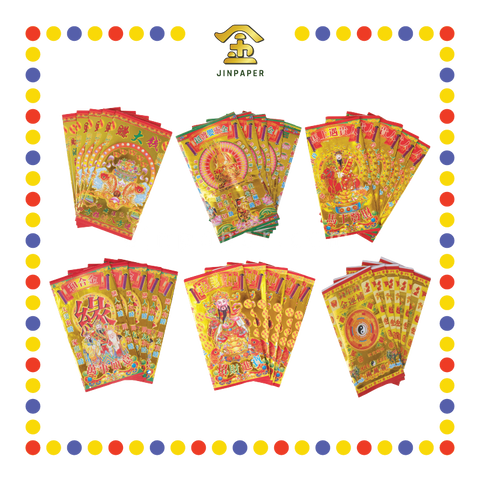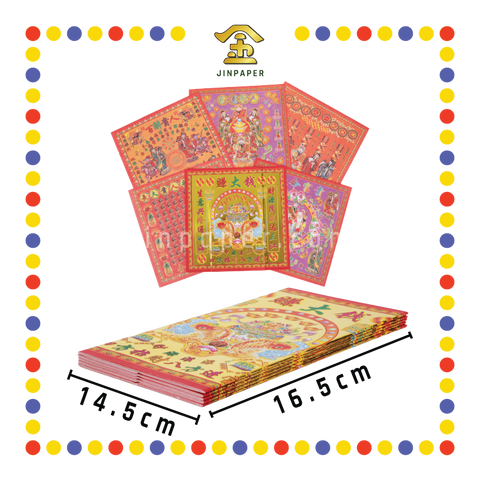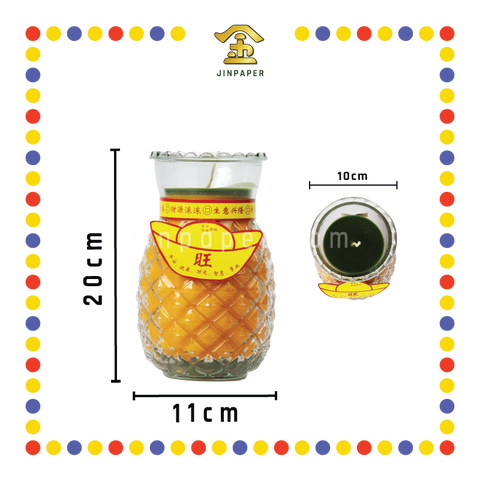Ren Ri (Everybody's Birthday) - Traditions And Legends

Ren Ri (Everybody’s Birthday) - Traditions and Legends
There are near-countless traditions in Chinese culture. Some are acclimated over time and the diversification of our cultural landscape, whereas others are ancient, dating back thousands of years. And though some of them may be lesser known amongst the younger generation, they are by no means forgotten.
Undoubtedly, many of us are familiar with the significance of Chinese New Year, and yet few of us are aware that each day actually has its own symbolic value. One such day falls on the seventh day of Chinese New Year — a day known as Ren Ri (day of mankind).
History of Ren Ri
History tells us that Ren Ri, or Human Day, has been celebrated for at least a couple thousand years, dating all the way back to the Han dynasty. However, the formal celebration itself saw an increased popularity later on, after the Three Kingdoms era and the Jin dynasty. Like many other Chinese traditions, numerous customs and rituals became associated with Ren Ri over time, particularly those involving food and attire.
No proper account of Ren Ri goes without mentioning Nuwa — the illustrious goddess in Chinese folklore who famously repaired the Pillar of Heaven and created the known physical realm. After all, the only reason Ren Ri is known as the day of mankind is precisely because it was the day in which us humans came to be. According to ‘Questions and Answers on Rites and Customs’ by Dong Xun, as well as its predecessor, ‘Book of Divination’ by Dongfang Shuo, the order of creation during Zhengyue, the first month, goes as such:
- First day — Chickens
- Second day — Dogs
- Third day — Boars
- Fourth day — Sheep
- Fifth day — Cows
- Sixth day — Horses
- Seventh day — Humans
Legends state that Nuwa had created mankind to appease her own loneliness. The first humans she molded by yellow clay with her own two hands, and would eventually go on to form the upper-class nobility. However, as fatigue began to overtake her, Nuwa decided to adopt a different, more energy-efficient approach instead. Using a string, she pulled up the clay to form the rest of humanity. Because there may have been a lack of care for the end result, it is believed that those created in such a manner consisted of the common peasantry. This tale presents an interesting depiction of the social hierarchy that was predominant in ancient China, and one that perhaps still holds true to some extent in modern society. Much like how aristocrats from ages past may have seen themselves as being highborn because they were touched by Nuwa’s hand, the modern day millionaire generally commands a decent amount of influence and sway over people’s hearts as well.

Nuwa personally molds the first humans by hand. Source: JinPaper
Another version of the story depicts Nuwa and her husband Fuxi as survivors of a great flood, and were commanded by the God of Heaven to be wed to one another and sire an offspring. This offspring of theirs took the form of a ball of meat, which was then cut into pieces and spread across the world, becoming humans.
Why do the Chinese celebrate Ren Ri?
To the Chinese, Ren Ri is a special day as it is synonymous with the creation of all of humanity. As such, there are many who view it as an auspicious day and celebrate the fact that we were able to come into existence. In light of this, Ren Ri is also commonly likened to be Everybody’s Birthday, and there may be more than a couple people wishing others ‘Happy Birthday!’ during this occasion, which often leaves the latter understandably confused. Rest assured that they are probably just wishing you a good day and want to share the excitement with you. There’s also the fact that it falls in line with Chinese New Year celebrations, and that in itself is more than enough cause for festivities.
When to celebrate Ren Ri?
In Chinese folklore, because Nuwa had finished creating all of humanity by day seven, Ren Ri is celebrated on the seventh day of Zhengyue, the first month. This is also the period in which Chinese New Year takes place, and as a direct consequence, Ren Ri will always be celebrated during the seventh day of Chinese New Year, which by itself can vary depending on the phases of the moon.
How do the Chinese celebrate Ren Ri?
During ancient times, the Chinese practiced a tradition of wearing unique head garments called rensheng (人勝) during Ren Ri. This interesting choice of headwear was symbolic of humans, and was made with either ribbon or gold jewellery. The custom was widely practiced in particular by the succeeding Emperors after the Tang dynasty, who made it a practice to bestow ribbon rensheng upon their subjects and partook in the festivities with them.
Additionally, it is not uncommon for people to scale entire mountains and compose poems on Ren Ri during our ancestors’ time. Yes, we know. Such was truly the life of a romanticist. That being said, while we don’t normally use such an occasion to push our physical bodies to such extremes (nor are all of us accomplished poets) these days, some small communities in the Guangdong and Sichuan provinces of China still practice an age-old tradition of making human shapes out of paper cuttings and sticking them onto their window panes. Some of the women also have a custom of carving little human shapes and attaching them to their hair clips as accessories.
Weather plays a significant role during Ren Ri as well. To the Chinese folk, good weather during People’s Day is a sign that the year ahead will be peaceful and prosperous. Another fun little piece of trivia is that Ren Ri also celebrates the birth of fire, for no reason other than the fact that fireworks are often in extensive display during this day.
Given that the first several days of Zhengyue are also the birthdays of the corresponding animals they represent, some Chinese people believe that they shouldn’t be killing these animals during this time. They may even go so far as to avoid eating any kind of meat altogether. In ancient times, prison guards would also be more compassionate with their prisoners by not enforcing punishment or torturing them. Back in the day, this meant a lot.
On the aspect of food, there are certain dishes that the Chinese indulge in during Ren Ri. Notable examples include ‘Seven Vegetable Soup’ or ‘Seven Vegetable Congee’. You can probably tell there’s a theme going here. Common ingredients include mustard greens, chard, celery garlic, lettuce, chives and Chinese kale — selected because when pronounced in Mandarin, they sound phonetically similar to words representing wishes of happiness, wisdom, health, and harmony. Other variations do exist, ultimately depending on locality most of all, but the ‘seven’ motif remains to be a common denominator.
In Malaysia and Singapore, the Chinese offer their own take of the dish, famously known as yusheng, or ‘Seven-Colored Raw Fish’ — a type of fish salad dish. In the Chinese language, ‘fish’ and ‘surplus’ sound very similar to one another. As such, it is believed that the dish represents a life of such success that there wouldn’t be a want of anything else.
Traditionally, yusheng ingredients include, but are not limited to: fish, carrot, radish, pepper, peanut crumbs, oil, and yusheng sauce, which is a dressing made from plum sauce. Each ingredient carries a symbolic meaning, being homophones with wishes of prosperity, wealth, and good relationships when pronounced in Mandarin. A modern take of the dish can also include items such as coriander, shrimp crackers, and jellyfish.

Getting ready for the prosperity toss (yusheng). Source: JinPaper
Yusheng is commonly eaten in a very specific ritual, where a crowd would form around the dish, and verbally express their blessings as they toss the ingredients with their chopsticks. It is generally believed that the more gusto you put into your toss and shout, the more likely you are to invite good fortune into your life. So if you ever get the chance to do it, don’t be intimidated and just let loose.
Conclusion
Perhaps when compared with the monumental cultural significance of Chinese New Year, Ren Ri may seem as though it’s just another day within the greater Lunar New Year festivities. However, that doesn’t make it any less of a celebration, and to us humans especially, one can say there is no occasion more deserving to be commemorated.
All in all, we hope that it was an interesting read for you, from the story of how mankind was created, to the various folk practices that have latched on to this particular celebration over the years. Also, if you do get a chance, you should try and participate in the yusheng toss. It’s a fun little activity to do with loved ones, and certainly puts you in the right mood for all the festivities. And for the gourmands, rest assured that the dish is more than capable of delivering when it comes to taste.
If you’d like to see more articles about traditional Chinese customs and rituals, be sure to check us out at JinPaper, Malaysia’s number one source for Chinese praying supplies! And if there’s something specific you want to see us cover next or believe we might have missed out, do let us know in the comments below!


